The great Rift Valley of Ethiopia is not only the cradle of humankind, but also the place on Earth where humans have lived with volcanoes, and exploited their resources, for the longest period of time. Perhaps as long ago as 3 Million years, early hominids began to fashion tools from the volcanic rocks from which the Rift Valley was floored, including basalt and obsidian.

View into the Main Ethiopian Rift Valley, on the descent from Butajira to Ziway. Aluto volcano in the centre distance.
The Ethiopian Rift Valley is just one part of the East African Rift system – the largest active continental rift on Earth. While the Ethiopian rift hosts nearly 60 volcanoes that are thought to have erupted in the past 10,000 years, there is only very sparse information about the current status of any of its ‘active’ volcanoes. There are historical records for just two or three eruptions along the MER: 1631 (Dama Ali), and ca. 1820 (Fantale) and (Kone). In contrast, the Afar segment of the rift includes one volcano known to have been in eruption almost continuously since 1873 (Erta Ale), and several other volcanoes that have had major recent or historical eruptions (Dubbi 1400 and 1861; Dabbahu, 2005; the Manda Hararo Rift, 2007, 2009; Dallafilla, 2008, and Nabro, 2011). So are the volcanoes of the MER simply declining into old age and senescence? Or do they continue to pose a threat to the tens of millions of people who live and work the land across this vast region?

Panorama of Lake Shala, part of which fills the huge caldera of O’a volcano.
To address this question, and others, the NERC funded RiftVolc consortium is carrying out a broad-scale investigation of the past eruptive histories, present status and potential for future activity of the volcanoes of the Central Main Ethiopian Rift. This spans eleven known or suspected centres, several of which have suffered major convulsions of caldera-collapse and eruption of great sheets of ignimbrite across the rift floor in the distant past. The first challenge is to piece together the eruptive histories of these volcanoes over the past few tens of thousands of years, and this is something that starts with fieldwork designed to detect the traces of these past events in the rock record. The RiftVolc field team, led by post-doctoral researcher Karen Fontijn, and with doctoral students Keri McNamara (Bristol) and Ben Clarke (Edinburgh) and masters students Amde and Firawalin (AAU) are spending the next five weeks completing a rapid survey of the volcanic ash and pumice deposits preserved within the rift.

Panorama of the eastern caldera of Corbetti volcano.
The first challenge is to identify the tell-tale clues that the sequences of young rocks, soils and sediments contain volcanic deposits. Close to the volcano, we might expect an individual large explosive eruption to leave both thick and coarse deposits; but go too close to the volcano, and there may be so much volcanic material that it can become hard to identify the products of single significant eruptions, as opposed to the ‘background noise’ of smaller but more frequent eruptions.
Out on the flanks of the volcano and beyond, we have the vagaries of geological preservation (did the pumice or ash land somewhere where it would then stay unmodified?) and erosion and weathering (removing or modifying the evidence) to contend with. Each of these factors will depend not only on the nature of the original deposit (how thick it was; what it was made from); but also on the environment in which the deposit formed (on a lake bed? the open savannah? a forest? On a slope, or not?), and on the subsequent history of that environment (did the lake dry out, or continue to fill with sediment? Did the pumice become stabilised in the grass land; or did it get blown or washed away? How quickly did the soil and vegetation recover after the eruption? How deeply has weathering penetrated in the intervening millennia since the eruption?). Lots of questions to ponder!
Our long-term goal is to better understand what sort of hazards the Rift’s volcanoes pose to those who live on and around them. There are, of course, much greater immediate challenges to communities in the region linked to the competition for the natural resources (water, land) in this region; but the rapid development of geothermal prospects in the Rift does mean that we need to pay closer attention to the state of the volcanoes that are the source of the geothermal heat.
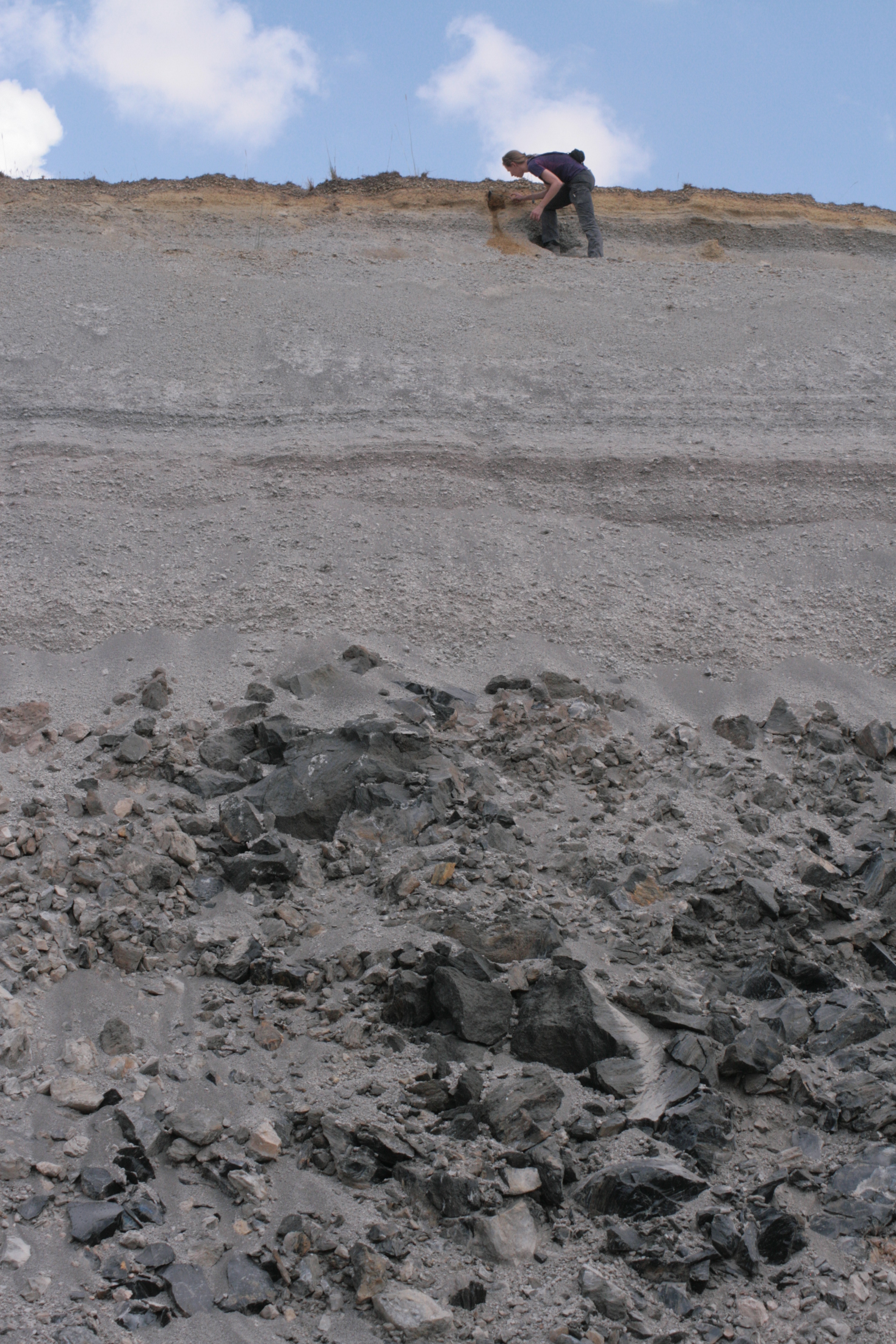
Fresh road cut section through an obsidian lava dome and drape of pyroclastic rocks, on the way to Urji volcano and Corbetti’s new geothermal power plant
Aside from the volcanoes, the main Ethiopian Rift and its lakes make for a spectacular environment to work in. Despite receding lake levels and failing rains this year, there are vibrant patches of forest and a host of exotic birds and animals to enjoy.
Acknowledgements. RiftVolc is a NERC-funded collaborative research project. Many thanks to our Ethiopian collaborators at the Addis Ababa University School of Earth Sciences and the Institute of Geophysics, Space Science and Astronomy (IGSSA) for hosting us and facilitating the joint field campaign; and to Ethioder for providing field vehicles and excellent drivers.


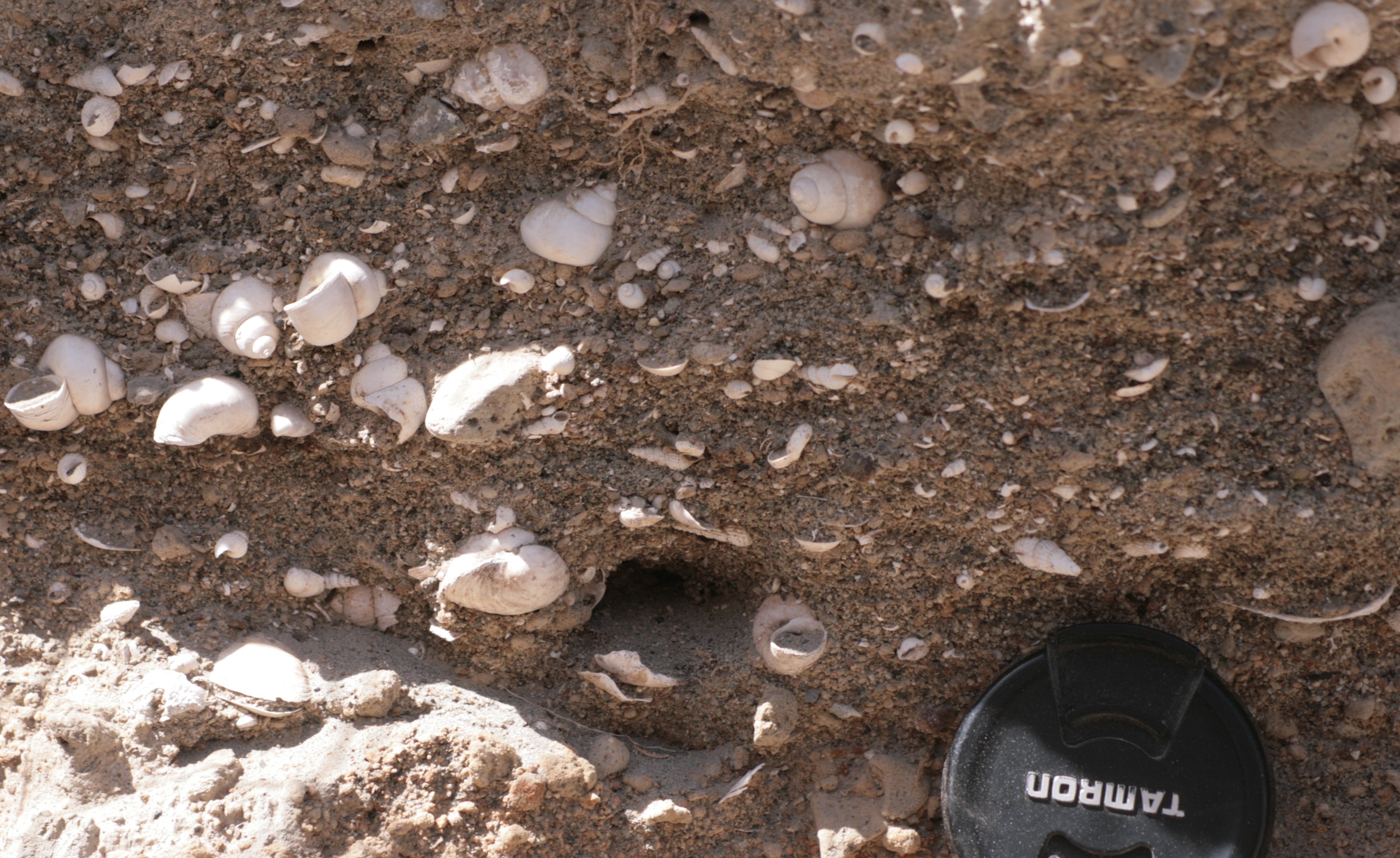
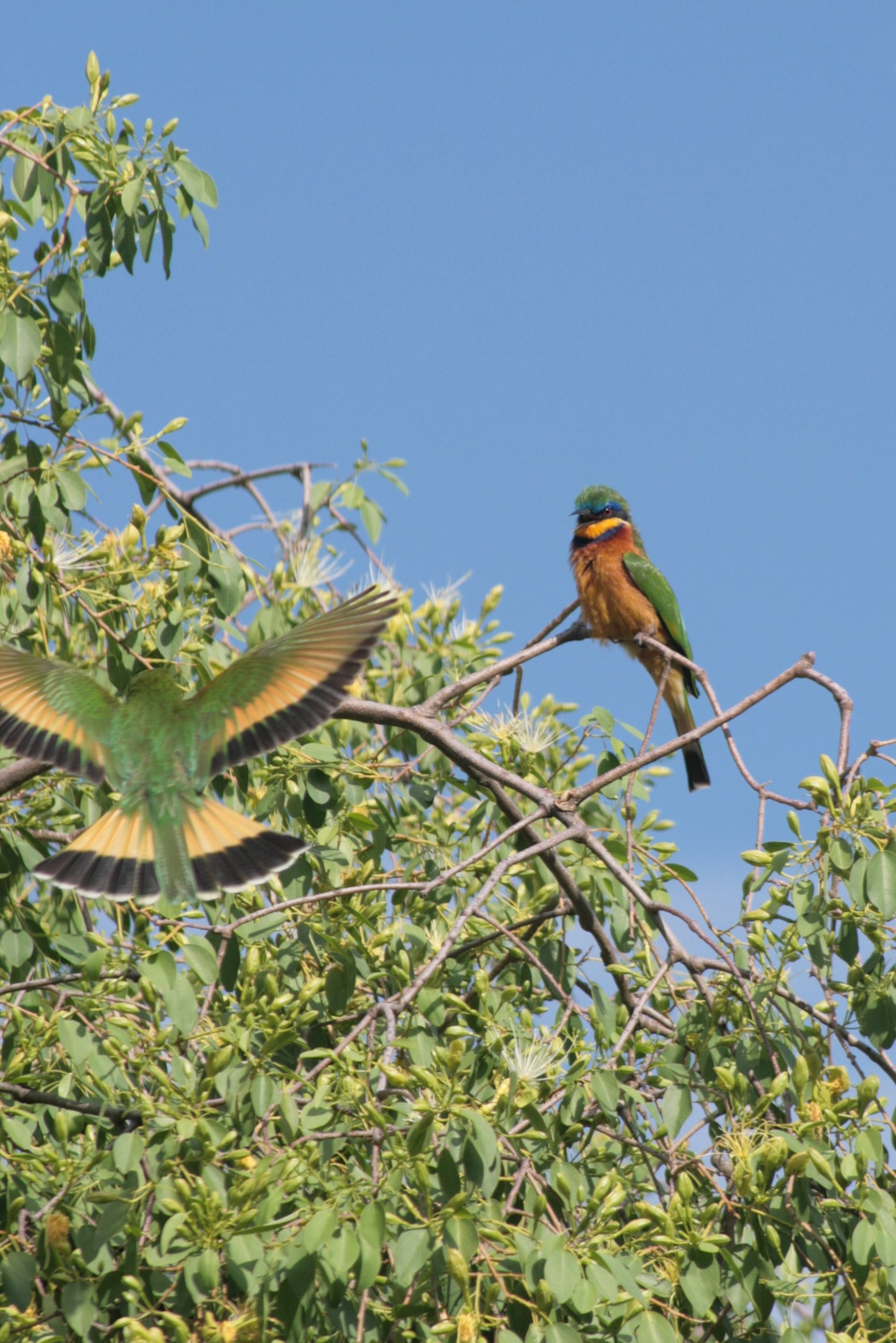

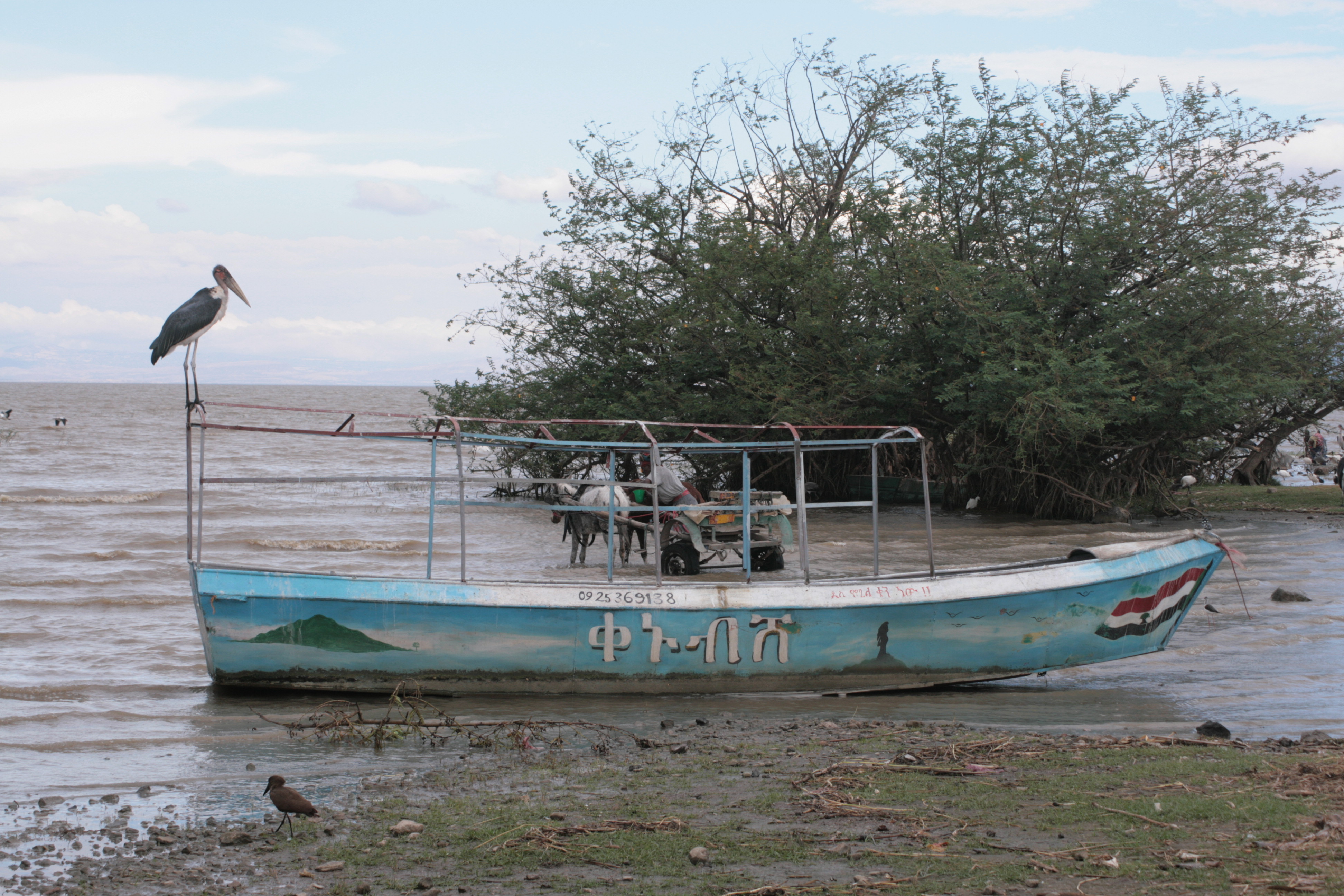
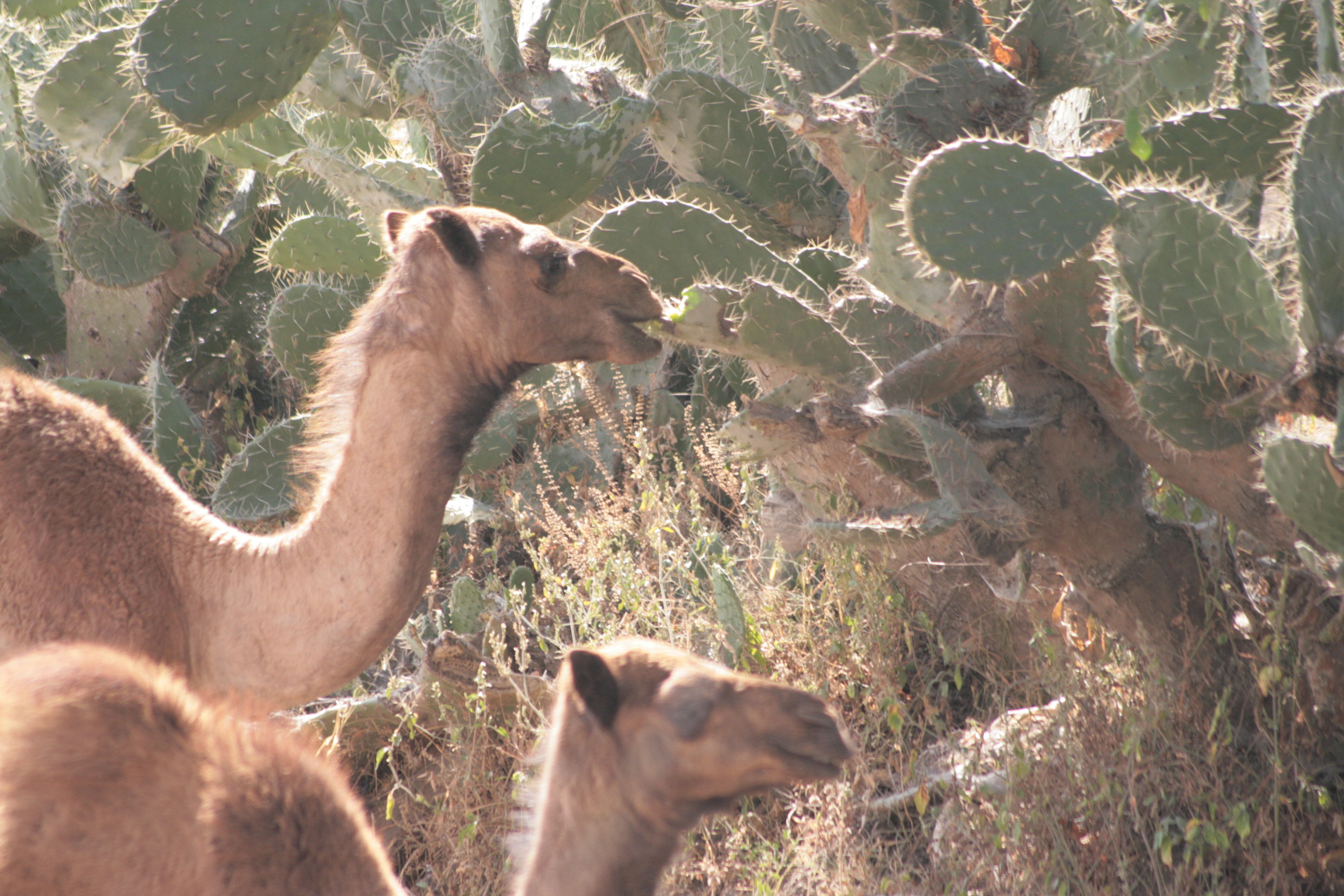

richard telford
Lots of macroscopic tephra layers in the Holocene lake sediments of Lake Awassa and Lake Tilo (and certainly others).
davidmpyle
Many thanks Richard – we are looking at tephra in the cores from Abiyata and Langano at the moment; but will certainly look out for others!
davidmpyle
Reblogged this on Rift Volcanism and commented:
A blog post from the field, November 2015.
Jef Mennes
Hello J.L.,
Where can I find your publications and blog?